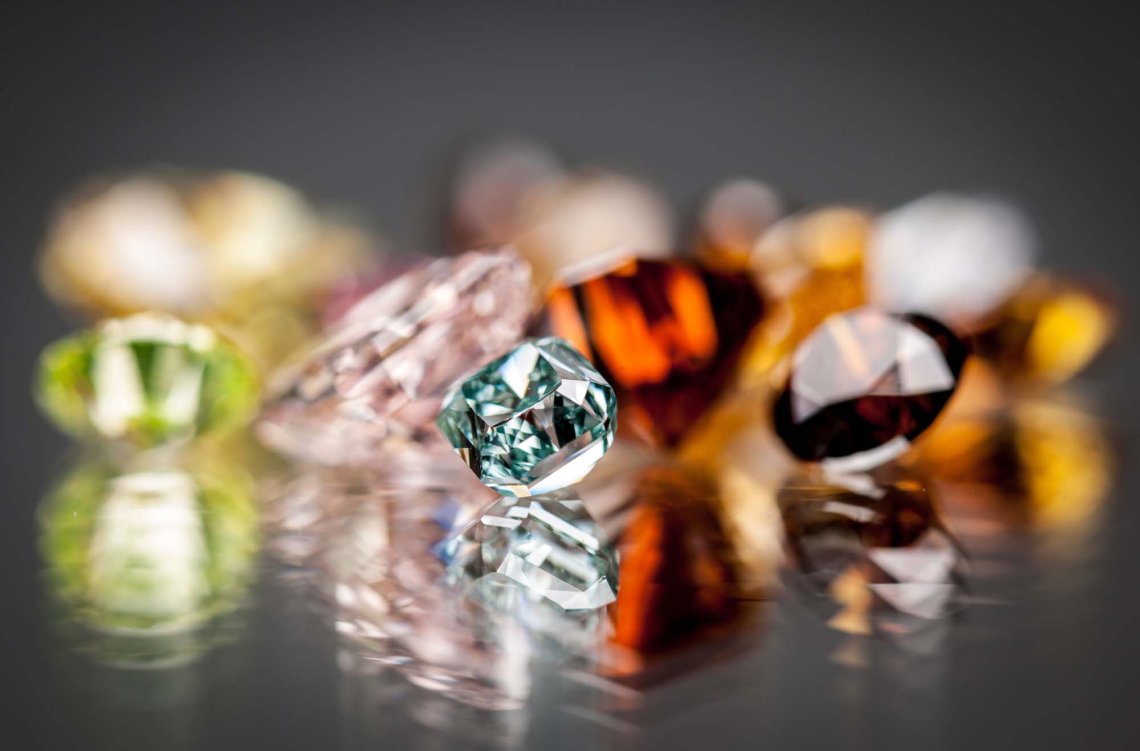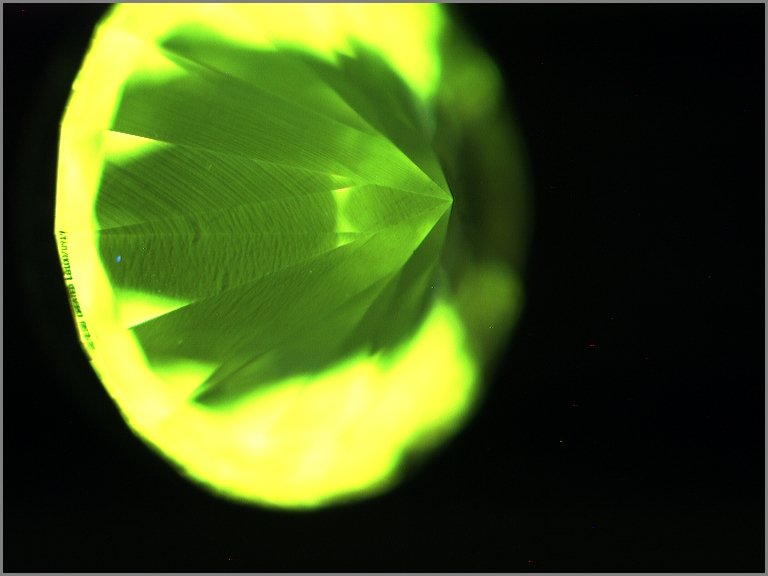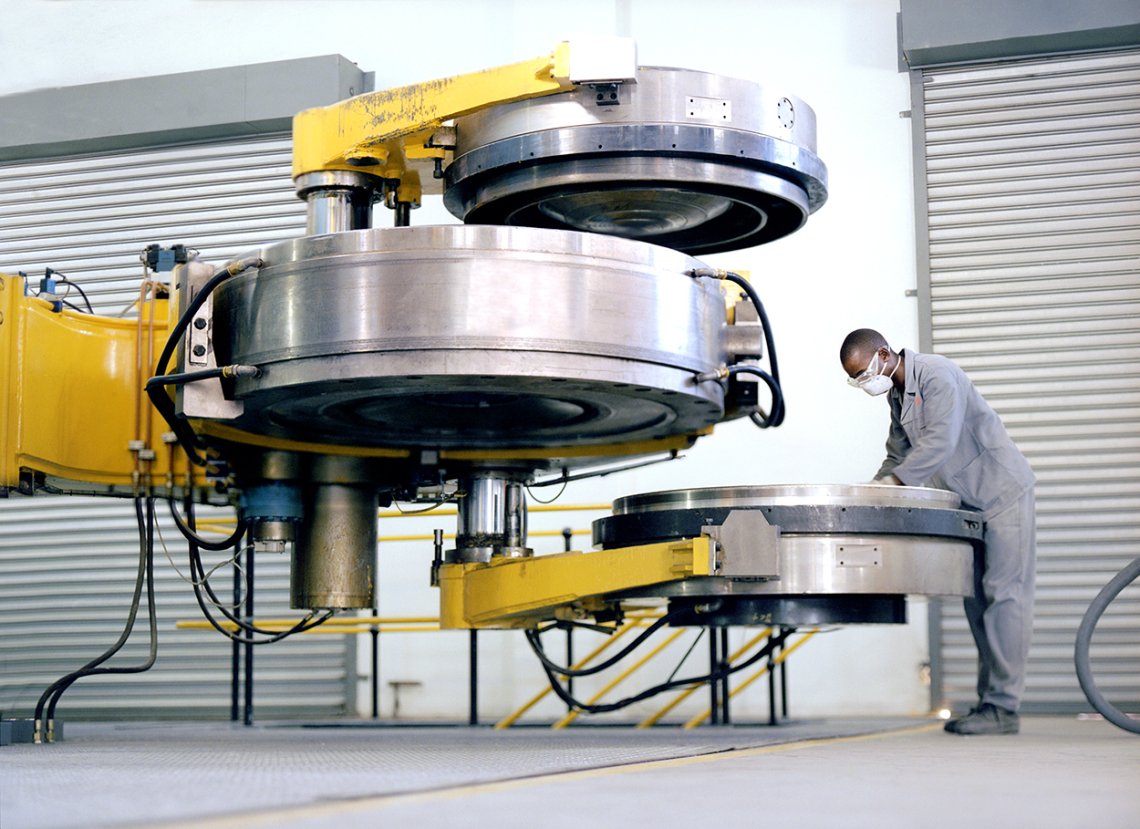
Nature vs Man: 10 FACTS
If you have been looking out to buy a piece of diamond jewelry, chances are you have heard about diamonds that are created in a laboratory, instead of being created by Mother Nature. So what’s the deal with synthetic, man-made or laboratory-grown diamonds and how are they different from diamonds? 10 Facts that can help you make an informed decision on choosing nature vs man.
FACT #1
Laboratory-grown diamonds are grown in a lab, while diamonds are created by nature. (yep, we’re starting with the easy stuff)
FACT #2
While diamonds take billions of years to form, laboratory-grown diamonds are produced in a matter of weeks. Yes. Billions…weeks… it is like an ocean versus a drop. Synthetic diamonds come in various colors, like diamonds do, ranging from white (colorless) all the way up to bright greens, blues, yellows, bubblegum pinks etc.

FACT #3
Can you tell the difference between a synthetic diamond and diamonds with the naked eye? Nope. Not even with a loupe or 10x magnification. Knowing whether it’s a synthetic or a diamond requires high tech lab equipment, so nope again, not even your jeweler can tell just by looking at the stone. That is why it is absolutely essential, that when you buy a piece of diamond jewelry, you insist on getting it with a polished diamond grading report from a decent diamond grading lab, such as GIA, IIDGR or HRD Antwerp. A what with the what now? Read up on grading reports here (internal link to section on grading reports.)
FACT #4
Physically, synthetic diamonds are exactly the same thing, so whether or not they sparkle depends on the same variables that apply to diamonds, otherwise put, if the polisher ruined it, well, then it’s ruined. If he did a great job, then yes, like a natural one, your synthetic diamond engagement ring wìll blind people on the other side of the room.

FACT #5
Synthetic diamonds are not new. They’ve been around since the 1950’s, used mainly for industrial purposes, like scalpels, drill bits, laser optics and so on…Not really the quality you’d be looking for to pop the question, unless you are into some sort of dark “diamondchainsaw-massacre” kind of thing. The gem-quality diamonds that were produced were typically small and yellow. Only in recent years, the quality of synthetic diamonds has increased to equal gem-quality diamonds.
FACT #6
There’s two ways synthetic diamonds are grown. High Pressure-High Temperature (or short, HPHT) simulating the conditions in nature – huge amounts of pressure and heat – but then in a superfast-forward kind of way. The second technique, Chemical Vapor Deposition (CVD) involves lower temperatures and pressure and the addition of a mixture of gas on a seed crystal. Uncut CVD diamonds typically look like little squares, whereas HPHT crystals, mostly brown and yellow colored, look more like rough diamonds. In both cases, these diamonds are then treated to change them to colorless or fancy colored diamonds (link to 4C’s).

FACT #7
While synthetic diamond producers often claim their product is more environmentally friendly, the honest truth is that it remains an open question. While diamond mining surely has an impact on the environment, it is a fact that the majority (80+%) of diamonds are mined by large publicly traded conglomerates, in countries where mining approval depends on solid plans to restore the environment that is being mined. For example, when De Beers wanted to mine the underground Snap Lake in Canada, they actually counted the number of fish in the lake and De Beers had to make sure the fish population remained intact, during and after the mining operation stopped. Diamond mining, contrary to other mineral resources, doesn’t involve any chemicals. We know growing diamonds, obviously doesn’t involve digging up tons and tons of ore but it does require a gigantic amount of energy. Which is better? Hard to say without solid data.
FACT #8
Another argument often heard by synthetic diamond suppliers is that their synthetic diamonds are conflict-free. The Kimberley Process (internal link) guarantees conflict-free rough diamonds, applying a definition which critics say is too narrow and doesn’t include elements such as labor conditions and human rights infringements. A valid point, which explains why the diamond industry is betting heavily on sustainability and traceability. The question here should also be who benefits from what. Millions of people around the world depend on the diamond industry for their livelihood (est. 10 million) but also health care (5 million in Africa) and access to education (free education for every child in Botswana). Take Botswana, a country that was ranked among the poorest in the world before diamonds were discovered. Diamond revenues changed that position dramatically, for the better. Sure, it is not all puppies and sunshine, but the point is, maybe the “saving the world” argument is a bit too much considering everybody is in it to make money, from the giant mining company, the small scale artisan digger to the billionaires backing the synthetic diamond producing company.
FACT #9
Yep. This is the one you were actually interested in. Is there a price difference? Short answer, yes, although not a big difference, long answer, yes with a but. Today, the price difference can be as much as 25 to 30%, but as you move towards bigger sizes and higher qualities (interne link 4C’s), the price difference becomes smaller. Why? Because big badass good-looking synthetic diamonds are – at least until further notice - more difficult and thus more expensive to produce. Here comes the “but”. But, the technology used to create synthetic diamonds is evolving very fast, optimizing efficiency in terms of cost and time. So, on the one hand, you have something which can be produced much faster and at a cheaper cost, automatically resulting in more product. On the other side, even if the big mining companies are overstating it, it is a fact that diamonds are becoming more rare. No big, significant diamond deposits have been discovered in the past decades and the majority of the current operations are getting closer to their retirement. Now you do the math. Mass product vs increasingly rare product. Consequently, this value gap will also hit the resell value, which will most likely be much less for a synthetic diamond. But, on the upside, if bling is your thing, you probably will be able to afford something bigger or flashier in terms of color on a smaller budget.
FACT #10
If budget is not an issue for you, the emotional argument at play is obviously about the symbolism and values that are – even for those born long after the era of the De Beers’-3 month-salary-engagement-ring mantra – connected to diamonds. Whether it is eternal love, or the sheer fact that something has been growing for billions (think about it, .. billions, that’s like, before dinosaurs!) of years in the earth and is in every way unique has some kind of magic which, truth be told, seems hard to beat for a product that is, bottom-line – produced in an anonymous laboratory.
And on that bombshell…
